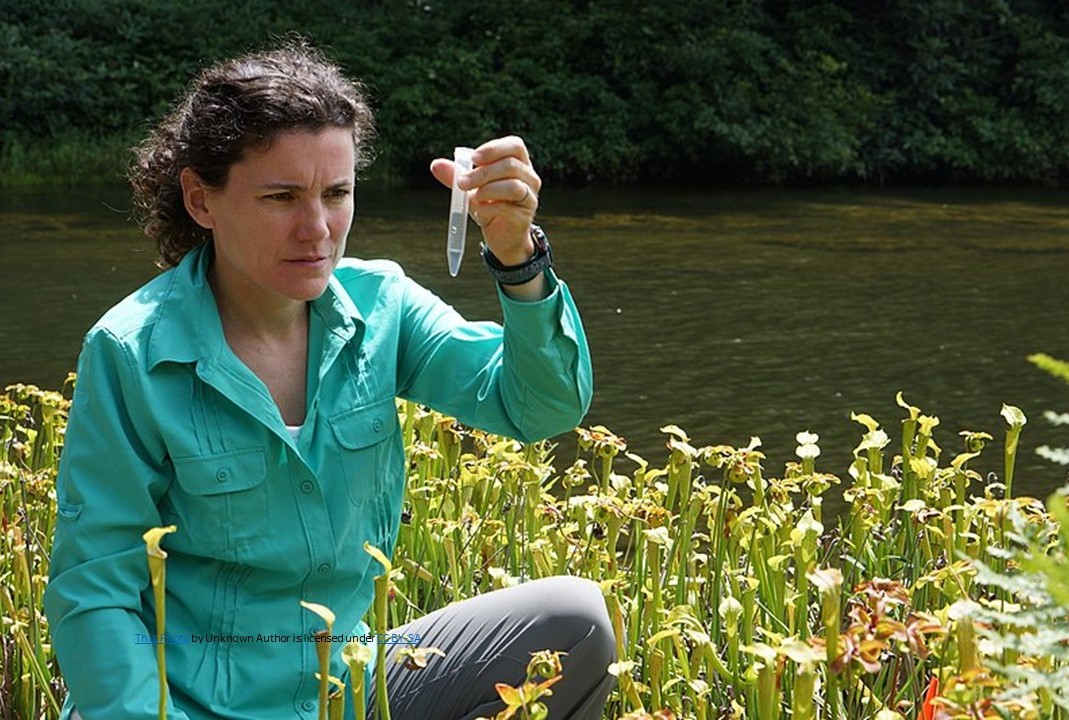
Emerging contaminants, or contaminants of emerging concern, can refer to many different kinds of chemicals, including medicines, personal care or household cleaning products, lawn care, and agricultural products, among others. These chemicals make it into lakes and rivers and have a detrimental effect on fish and other aquatic species. They have also been shown to bioaccumulate up the food web – putting even non-aquatic species at risk when they eat contaminated fish. The USGS monitors and assesses these dangerous chemicals from their source all the way through the food web.
Since the 1990s, studies around the country have investigated how a wide range of chemical compounds, industrial pollutants, and human by-products have been making it into our Nation’s waterways. Traditionally, most people were not overly concerned about this because the old mantra used to be “dilution is the solution to pollution” However, this is far from true. After the contaminants make it into the rivers and streams, tests show that there are measurable quantities of these contaminants within the water itself, as well as in the under-water sediments, the nearby aquatic insects, migratory fish that eat the insects, and even predatory wildlife that consume all these different organisms.
Contaminants of emerging concern enter the environment every day. To understand where these chemicals come from, we just need to think about our modern lifestyle. People use chemical-based products each day. These chemicals remain in wastewater and beyond because treatment plants weren’t designed to take out these chemicals. Similarly, industrial processes that have their own treatment processes don’t remove all these chemicals, either. Eventually, they end up in lakes and rivers. So these chemicals are getting into the environment, and there is concern about the effects they might be having on organisms, including humans. After all, different contaminants have been detected in drinking water supplies, and their risk to our health is still uncertain.
The River Board will continue to explore and consider these issues and how they may affect the Hillsborough River, its wildlife, and the residents who recreate on the river and utilize it as a source of drinking water.
Source: USGS, 2023




